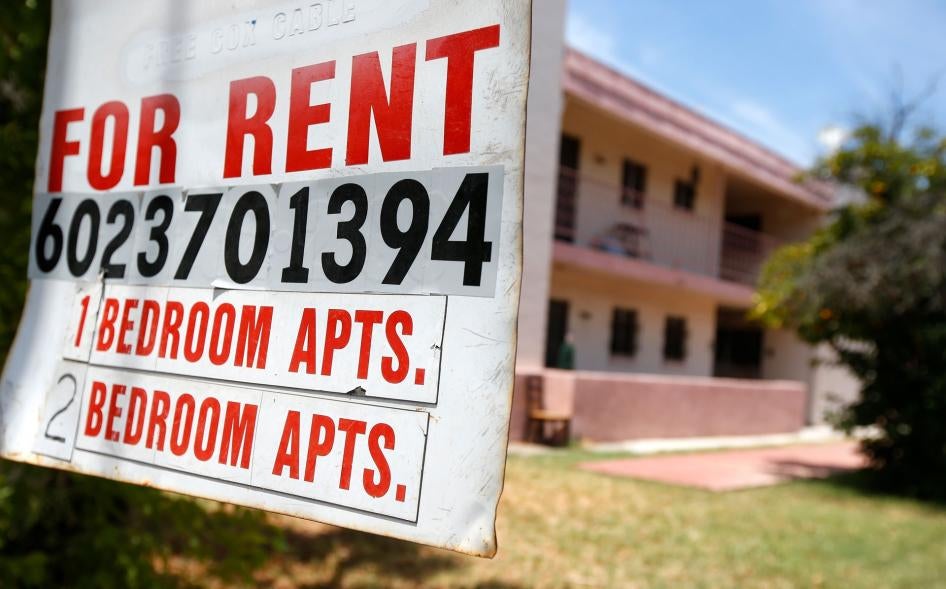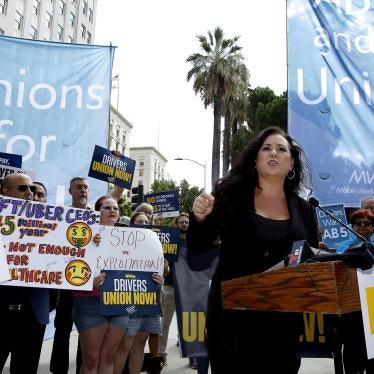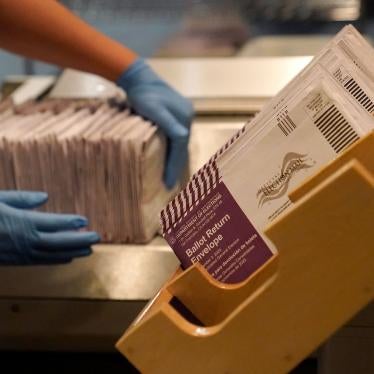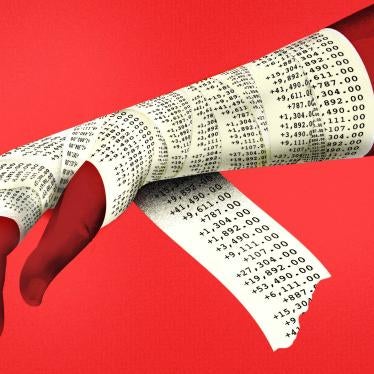With negotiations concerning a new economic stimulus stalled, millions of renters in the United States face a grim deadline. On December 31, the national eviction moratorium expires. The Centers for Disease Control and Prevention (CDC) issued the moratorium in September, limiting landlords’ ability to evict tenants who cannot afford to pay rent. But even with this protection, there have been multiple reports of renters being forced from their homes after falling behind on payments. Such tenants need rental assistance.
The Aspen Institute estimates that 30 to 40 million people are at risk of eviction due to the economic devastation caused by the Covid-19 pandemic. The thousands of evictions that landlords file for each week hint at the crisis that awaits if protections are not extended.
While the CDC moratorium was a critical stopgap, it has serious flaws. It temporarily protects those who cannot pay rent but offers little help if a landlord refuses to renew a tenant’s lease. Moreover, landlords can still file for eviction, which itself impacts a tenant’s ability to find housing and may compel tenants to vacate their homes. Landlords who challenge a tenant’s claims of economic hardship can place a real burden on renters to produce supporting evidence. Additionally, landlords are not required to inform tenants of the moratorium, leading some tenants to vacate because they were unaware of their rights.
The moratorium also imposes costs on landlords. Institutional landlords can absorb these losses, but many small landlords, whose livelihoods depend on rental income, cannot. Some tenant groups fear this dynamic will cause a greater share of rental units to be owned by large companies, who charge higher rents and are more likely to evict.
States can enact more robust tenant protections. Yet only about 20 states have an active moratorium, down from 43 in May. While some are more protective, others replicate the CDC moratorium’s flaws.
But an eviction moratorium cannot by itself adequately protect tenants’ right to housing. Tenants struggling to make rent during the pandemic will still have to pay the full amount due under their lease once the moratorium ends. Rent debt is skyrocketing, and the National Low Income Housing Coalition estimates that at least $100 billion in rental assistance is needed to ensure low-income renters affected by the pandemic are affordably and stably housed over the next year. Such tenant assistance would also help small landlords who depend on rental income.
Many states created rental assistance programs using federal stimulus money, but convoluted eligibility requirements often hampered their effectiveness, and many programs have run through their funds.
The pandemic’s effects will persist even after the virus is contained. Strengthened eviction moratoriums can provide crucial protection for tenants. But absent additional relief, such as direct rental assistance with minimal eligibility requirements, tenants’ right to housing will remain at risk.










